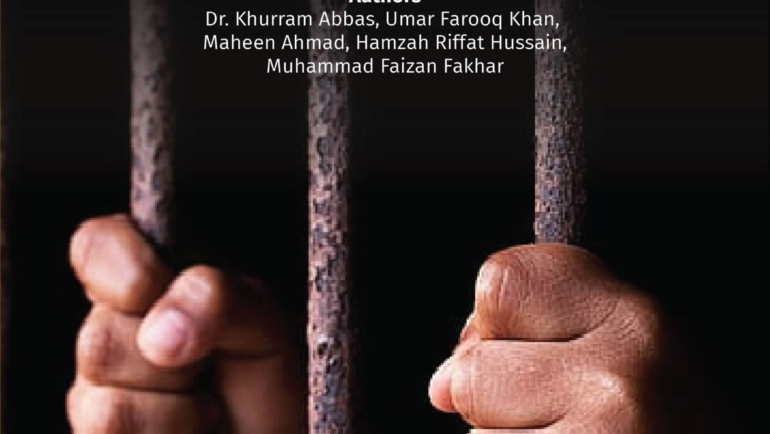It is a sad and ironic reality that when one talks of global peace as the ultimate objective nowadays, one is left rather perplexed because regardless of what world leaders and policymakers may say, it is not the end-all anymore even though it is only through peace that there can be just, equitable and sustainable development in any region of the world.
For South Asia in particular, peace holds greater relevance since its inhabitants continue to witness conflict and violence – from the streets of Kabul where the start of the Muslim holy month of Ramadan witnessed 80 people killed and over 350 injured in an explosion, to the young men and women wielding sticks against an onslaught of pellet gunfire in the idyllic but forcefully occupied Valley of Kashmir, from the mythical expanse of Bhutan (a country where they measure their output by the famous Gross National Happiness index) with its dark unresolved secrets of ethnic cleansing and mass deportations of the Lhotshampa, to the world’s most populated country India that has seen 448,000 people displaced in 2016 alone due to violent secessionist movements. Are South Asians not ready to bury their hatchets and focus on working together for the greater good and well-being of humankind?
The authors in this volume from Kabul, Colombo, Kathmandu, Islamabad and Beijing admit that while the South Asian Association for Regional Cooperation (SAARC) has not been a 100 per cent effective organisation, it needs to be given the chance to reform its Charter and expand its membership. There is unanimity that a Regional Conflict Resolution Mechanism and a People-Centric Model of Equitable Development is an essential need of the hour, the latter to not only include those at the extreme periphery but to also collectively address piracy, human and narcotic trafficking and arms proliferation. While South Asians may claim to have shared cultures and values, the ground reality is that far more people-to-people diplomacy and cultural tourism is needed to overcome decades of hostility and mistrust. The eight chapters in this book are also a clarion call for the ‘Trade More, Fight Less’ mantra, especially ‘blue trade’ across the sea and via economic corridors. Ultimately though, it is up to the political will of visionary leaders to carry the people of this rich and diverse region towards collective peace, prosperity and cooperation.
Book Contents
1. Building Peace: Lessons from Sri Lanka – Dayani Panagoda
2. A ‘Peaceful and Cooperative South Asia’: Utopian Dream or Attainable Possibility? – Dr Moonis Ahmar
3. Enhancing Foreign Direct Investment in South Asia: Case of One Belt One Road and Asian Infrastructure Investment Bank – Dr Huang Ying
4. Economic Interdependence: Can Trade Promote Peace between Pakistan and India? – Dr Manzoor Ahmad Naazer
5. Conflict in Kashmir: South Asia’s Albatross – Dr Muhammad Khan
6. Confidence Building Measures for Durable Peace in South Asia – Muhammad Nafees Zakaria
7. Proposals for ‘Doable’ Peacebuilding in Afghanistan – Dr Attaullah Wahidyar
8. Prospective Roles of SCO and SAARC in South Asia’s Security – Dr Shabir Ahmad Khan

